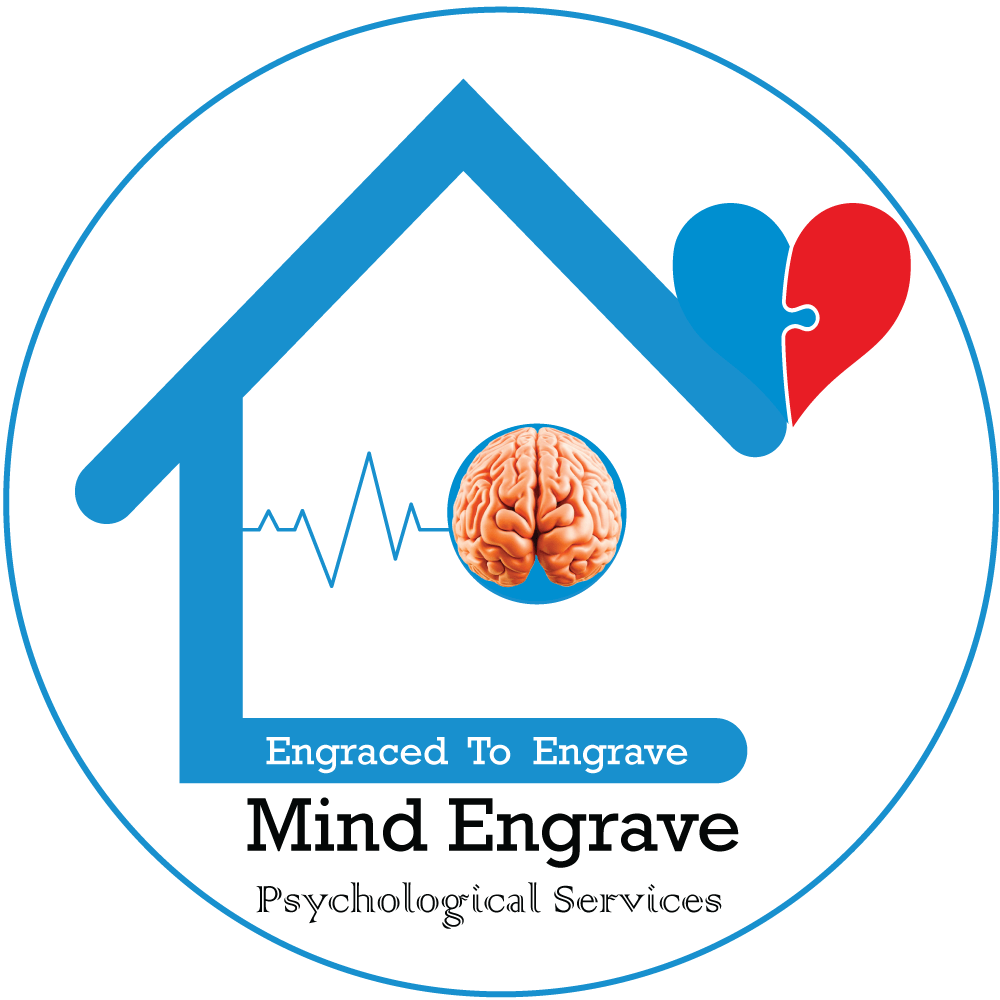Top Causes of Insomnia and Why You Can’t Sleep
Insomnia is not simply an inability to sleep. It reflects underlying disturbances in biological, psychological, behavioral, or environmental factors that disrupt the sleep–wake cycle. Understanding the top causes of insomnia and why you can’t sleep empowers individuals to address root issues rather than masking symptoms. Presented below are ten evidence‑based causes:
- Chronic psychological stress and hyperarousal: Persistent stress, whether from work, finances, relationships, or trauma, activates a physiological state of hyperarousal. Individuals with insomnia often exhibit elevated heart rate, increased cortisol, and heightened brain activity at bedtime, making it difficult to initiate and sustain sleep.
- Mood and anxiety disorders: Depression, generalized anxiety disorder, and post‑traumatic stress disorder repeatedly co‑occur with insomnia. Meta‑analyses indicate that insomnia significantly increases risk of developing depression (risk ratio around 2.2–2.6), while anxiety disorders maintain a bidirectional relationship with sleep problems.
- Irregular circadian rhythms (shift work and jet lag): Disruption of the body’s internal clock, such as shift work or rapid time zone changes, alters melatonin secretion and sleep timing. This misalignment commonly leads to difficulty falling asleep at conventional hours or early awakenings.
- Poor sleep habits and environmental conditions: Inconsistent bedtime routines, use of screens in bed, irregular napping, noisy or light-filled bedrooms, and poor bedding contribute significantly to sleep difficulties. For instance, screen use before sleeping suppresses melatonin and delays onset sleep; noise and light fragmentation increase awakenings.
- Exposure to artificial light at night: Excessive or uncontrolled light, especially blue light from screens or urban light pollution, disrupts melatonin production and circadian rhythm coordination, leading to delayed sleep onset and impaired sleep quality.
- Substances: caffeine, nicotine, alcohol, and medications: Stimulants like caffeine and nicotine increase sleep latency and reduce sleep depth. Alcohol may initially induce drowsiness but fragments REM sleep and rebounds with wakefulness later in the night. Certain medications and withdrawal from sedatives also contribute to insomnia symptoms.
- Pain and physical illness: Chronic pain conditions, such as arthritis, back pain, migraine, or illnesses like heart disease impede comfortable sleep and trigger frequent nighttime arousal. Medically untreated pain is a direct disruption of restorative sleep.
- Specific sleep disorders and neurological conditions: Disorders such as obstructive sleep apnea, restless legs syndrome, and periodic limb movement disrupt normal sleep structure. Neurological illnesses like Parkinson’s, dementia, or thyroid dysfunction further impair sleep regulation.
- Hormonal fluctuations and life stage transitions: Hormonal changes during pregnancy, menstruation, or menopause destabilize sleep. Pregnant women often report nighttime awakenings, discomfort, and metabolic shifts that disturb sleep; menopause and thyroid imbalance can alter sleep architecture.
- Genetic predisposition and biological vulnerability: Twin studies and genome‑wide association research indicate insomnia has a heritable component, with estimates of 38% in males and up to 59% in females. Specific genes (e.g. MEIS1) overlap with psychiatric and metabolic traits, suggesting biological vulnerability to sleep disturbance.
Together, these ten causes explain why you can’t sleep: stress and emotional arousal, mental health conditions, circadian disruption, lifestyle and environmental factors, substance use, pain and illness, co‑existing sleep disorders, hormonal transitions, and inherited risk. Epidemiological data show that between 20% and 35% of adults report insomnia symptoms, while approximately 10–15% meet diagnostic criteria for chronic insomnia (three or more nights per week for at least three months with daytime impairment).
Studies underline that insomnia is rarely caused by a single factor; instead, multiple causes often interact. For example, chronic stress may trigger poor sleep habits, screen use may worsen circadian misalignment, and underlying depression may heighten hyperarousal. Moreover, insomnia can persist even after the original trigger (such as a stressful life event) resolves, because worry about sleep itself becomes a perpetuating factor.
Objective clinical tools—including the Sleep Condition Indicator and Insomnia Severity Index—can help quantify insomnia severity and capture contributing causes in both community and clinical populations. Sleep diaries and structured interviews further enable identification of specific triggers for targeted intervention.
Addressing these top causes of insomnia begins with understanding which apply personally, then tailoring changes accordingly. Effective strategies may include stress reduction, consistent sleep–wake schedules, limiting evening screen use, optimizing bedroom conditions, substance moderation, pain management, medical evaluation for underlying disorders, and, when needed, cognitive behavioral therapy for insomnia (CBT‑I) to interrupt worry and hyperarousal cycles (evidence‑based first‑line treatment).
In summary, top causes of insomnia and why you can’t sleep encompass psychological stress, mental disorders, disrupted rhythms, poor habits, environmental and substance-related disruptions, medical conditions, hormonal changes, and genetic vulnerability. Elevated risk often results from multiple interacting causes. Recognizing these causes through evidence‑based understanding supports better choices, early intervention, and improved sleep outcomes. If sleep problems are persistent and impair daily functioning, professional consultation is recommended.

Odusanya Adedeji
Odusanya Adedeji A., is a Licensed & Certified Clinical Psychologist whose domain of expertise cuts across management of specific mental health issues such as, Depression, PTSD, Anxiety & Anxiety related disorders, substance use disorder, etc







